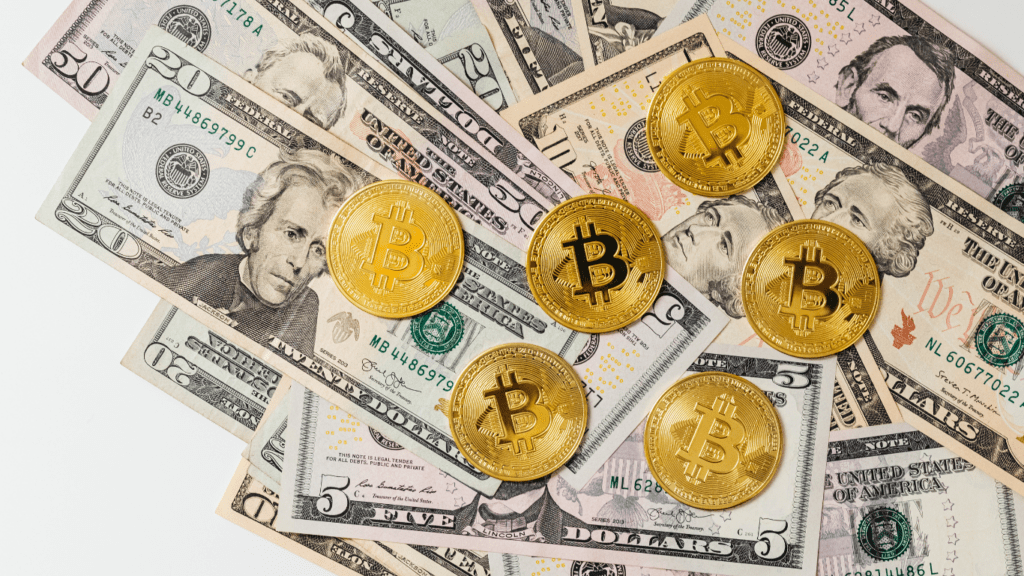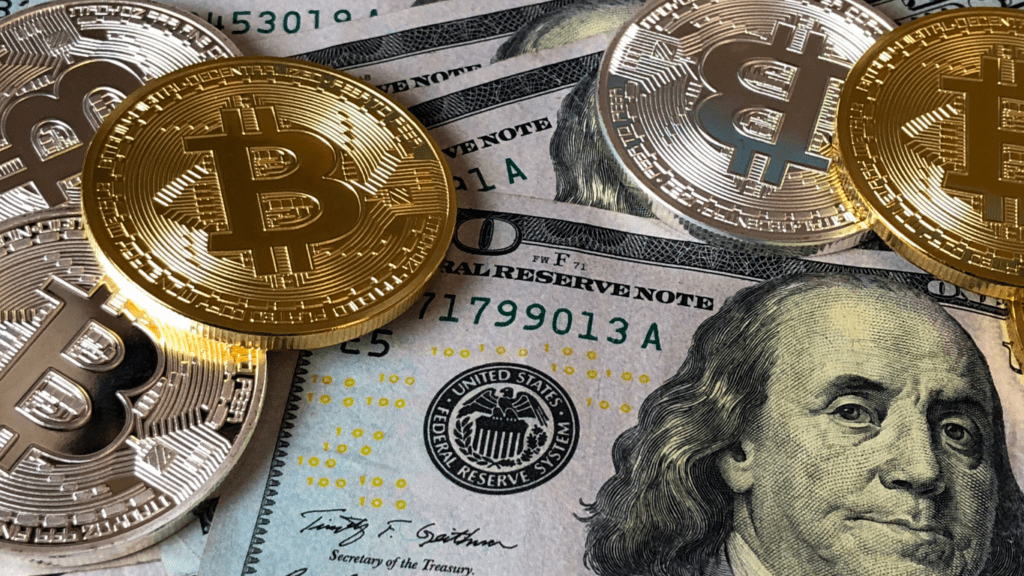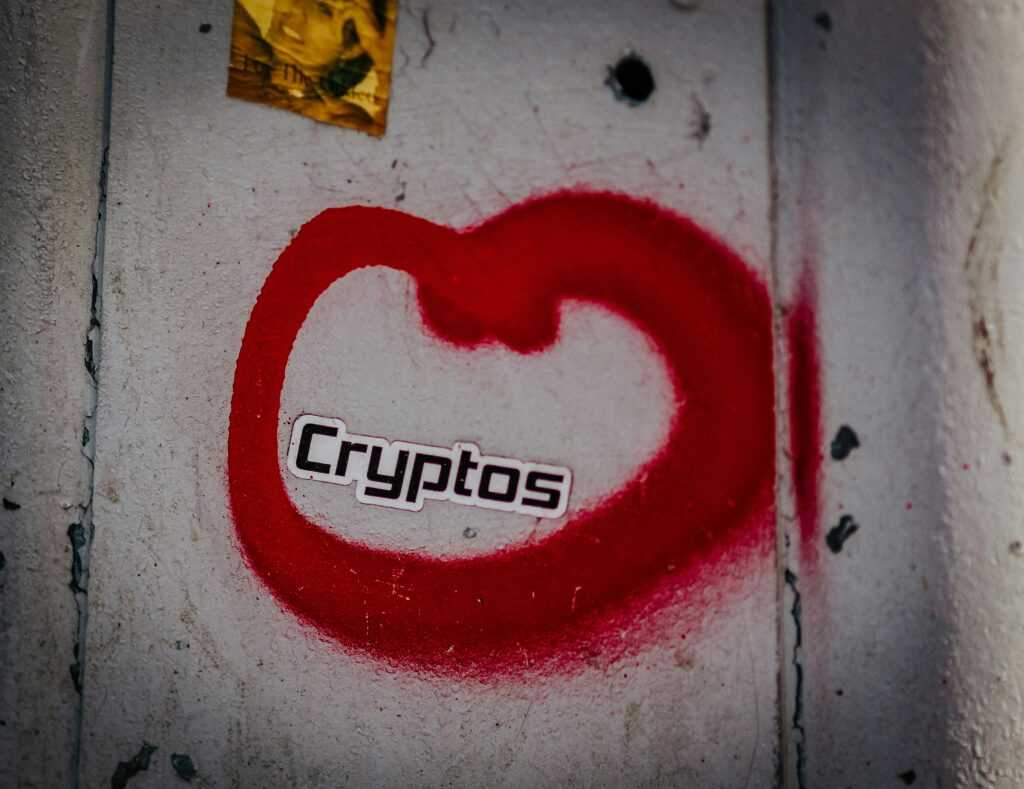Understanding DeFi: An Overview
Decentralized Finance (DeFi) utilizes blockchain technology to create an open financial ecosystem. Traditional financial systems rely on intermediaries, but DeFi applications operate without them. This shift allows for greater transparency, lower costs, and increased efficiency.
Key Components of DeFi:
- Smart Contracts – Automate transactions and enforce agreements without human intervention.
- Blockchain Networks – Ensure secure and transparent record-keeping.
- Decentralized Applications (dApps) – Provide various financial services like lending, borrowing, and trading.
Smart Contracts
Smart contracts are self-executing contracts with the terms directly written into code. They reside on the blockchain, executing automatically when conditions are met. This automation removes the need for intermediaries, reducing costs, and enhancing security.
Blockchain Networks
Blockchain networks form the backbone of DeFi. They record all transactions in a secure and transparent manner, ensuring data integrity. Public blockchains like Ethereum and Binance Smart Chain are popular for DeFi applications due to their robust infrastructure.
Decentralized Applications (dApps)
dApps run on blockchain networks and offer users a range of financial services. Examples include Uniswap for decentralized exchanges and Aave for peer-to-peer lending. Users interact with dApps through wallets, maintaining control over their assets while accessing financial services.
Advantages of DeFi
DeFi brings several advantages to the financial world:
- Accessibility – Anyone with an internet connection can access DeFi services.
- Transparency – All transactions are recorded on public blockchains.
- Security – Eliminates single points of failure with distributed networks.
- Cost Efficiency – Lower transaction fees due to the absence of intermediaries.
DeFi is reshaping the financial landscape by providing innovative solutions and democratizing access to financial services. By leveraging blockchain technology and smart contracts, it offers a transparent, secure, and efficient alternative to traditional financial systems.
The Core Principles of DeFi
DeFi rests on several core principles that distinguish it from traditional financial systems. These principles drive its transformative potential.
Decentralization
Decentralization removes the need for intermediaries by leveraging blockchain technology. Users maintain control over their assets because no centralized authority governs transactions.
Smart contracts, which are self-executing contracts with the terms directly written into code, automate transactions when specific conditions are met.
Transparency
Transparency is inherent in DeFi through blockchain’s public ledger. Every transaction is visible to anyone with internet access, ensuring complete oversight. Entities can’t manipulate records because blockchain’s immutable nature prevents alterations once data is recorded.
Accessibility
DeFi provides global accessibility since anyone with an internet connection can participate. There’s no need to rely on traditional banking infrastructure, which often excludes individuals in underbanked regions. DeFi platforms offer financial services like lending and trading without requiring extensive documentation or credit checks.
Key Innovations in DeFi
DeFi introduces several groundbreaking innovations, transforming traditional finance into a decentralized ecosystem. Key innovations include smart contracts, decentralized exchanges, and yield farming with staking.
Smart Contracts
Smart contracts are self-executing contracts where the terms are directly written into code. They automate transactions, enhancing efficiency and security by removing intermediaries.
Ethereum popularized smart contracts, leveraging blockchain’s immutable nature. DeFi relies on these contracts for various activities, including lending, borrowing, and insurance.
Decentralized Exchanges (DEXs)
Decentralized exchanges (DEXs) enable peer-to-peer transactions without relying on centralized authorities. DEXs use automated market makers (AMMs) to facilitate trading, ensuring liquidity through pools of tokens. Popular examples include Uniswap, SushiSwap, and PancakeSwap. Users retain control of their assets, as trades occur directly between wallets, reducing the risk of hacking and fraud.
Yield Farming and Staking
Yield farming and staking involve earning rewards by providing liquidity or locking assets in specific protocols. Yield farming allows users to lend or stake their cryptocurrency, earning interest or additional tokens. Staking, on the other hand, involves locking tokens in a blockchain network to support operations, receiving rewards in return. Examples include platforms like Compound, Aave, and Yearn.Finance. These practices incentivize participation, boosting liquidity and network security.
Advantages of DeFi Over Traditional Finance

Decentralized Finance (DeFi) offers several benefits that distinguish it from traditional financial systems. These advantages, such as transparency, accessibility, and efficiency, stem from the inherent qualities of blockchain technology and decentralized networks.
- Transparency
In DeFi, all transactions are publicly recorded on the blockchain, allowing anyone to verify and audit them. For example, platforms like Ethereum provide transparent data, reducing the risk of fraud and corruption. Traditional finance, however, often lacks this level of openness, making it more susceptible to unethical practices. - Global Accessibility
DeFi platforms are accessible to anyone with an internet connection and a compatible device, removing geographic barriers. Users in remote or underserved areas can access financial services like lending and trading on platforms such as Aave or Uniswap. Traditional finance often imposes stringent requirements and restrictions, limiting access for many individuals. - Lower Costs
DeFi reduces costs by eliminating intermediaries like banks and brokers. For instance, smart contracts automatically execute transactions without middlemen, significantly lowering fees. Traditional financial institutions typically charge higher fees for transactions and services due to their need to cover operational and administrative costs. - Efficiency
DeFi operates 24/7, enabling transactions and financial activities without time restrictions. Automated processes, like those on Compound or MakerDAO, streamline operations and reduce the time needed to complete transactions. In contrast, traditional financial systems often face delays due to limited operating hours and manual processes. - Control Over Assets
DeFi empowers users to maintain control over their assets through self-custody wallets. These wallets store private keys, granting users full ownership of their digital assets without relying on third parties. In traditional finance, institutions hold custody over users’ assets, which can lead to risks like frozen accounts or withdrawal limitations. - Innovation and Flexibility
DeFi constantly evolves, introducing innovative financial products and services. Yield farming and staking on platforms like Yearn.Finance illustrate how users can earn rewards with their assets. Traditional financial systems tend to be slower in adopting new technologies and methods, limiting their ability to innovate quickly.
By leveraging these advantages, DeFi continues to disrupt and transform the financial landscape, offering a compelling alternative to traditional financial systems.
Challenges and Risks in the DeFi Space
Despite the transformative potential of DeFi, significant challenges and risks exist, including security concerns, regulatory uncertainty, and market volatility.
Security Concerns
Security remains a critical issue in the DeFi space. Exploits and hacks have resulted in substantial financial losses. For instance, the 2020 attack on Harvest Finance led to a loss of over $24 million.
Smart contract vulnerabilities, which malicious actors can exploit, pose a significant risk. Additionally, phishing attacks target user wallets and private keys, compromising personal assets. Ensuring robust security measures like rigorous code audits and multi-factor authentication can mitigate these risks.
Regulatory Uncertainty
Regulatory frameworks for DeFi are still evolving. Traditional financial regulations often don’t apply neatly to decentralized systems. For example, KYC (Know Your Customer) and AML (Anti-Money Laundering) requirements pose challenges due to DeFi’s pseudonymous nature.
Regulatory bodies like the SEC (Securities and Exchange Commission) and the FCA (Financial Conduct Authority) have started to scrutinize DeFi platforms. Navigating this regulatory landscape creates uncertainty and potential compliance burdens, which could impact the ecosystem’s growth.
Market Volatility
Market volatility is another notable challenge in DeFi. The cryptocurrency market’s inherent volatility magnifies risks for DeFi participants. For instance, sharp drops in asset prices can trigger liquidations in decentralized lending platforms like MakerDAO.
Additionally, liquidity risks emerge when market conditions change rapidly, leading to slippage and loss of funds. Implementing risk management strategies such as diversification and using stablecoins can help mitigate these challenges.
The Future of DeFi
The future of DeFi looks promising. Key advancements are set to propel this innovative sector to new heights. Blockchain interoperability, for instance, aims to enhance cross-chain transactions. As platforms become more interconnected, users will benefit from streamlined processes and improved accessibility.
Emerging technologies will also play a pivotal role. Artificial Intelligence (AI) and Machine Learning (ML) can optimize trading strategies and risk assessment. These technologies will likely lead to more efficient and secure financial solutions.
Scalability is another critical area. Current blockchain networks often face congestion issues. Solutions like Layer 2 scaling and sharding are in development to address these concerns. They promise faster transaction times and lower fees, making DeFi more user-friendly.
Decentralized Autonomous Organizations (DAOs) will further revolutionize governance. By enabling community-driven decision-making, DAOs ensure that platform developments align with user interests. This results in more democratic and transparent financial systems.
Regulation will inevitably shape DeFi’s trajectory. While decentralized systems aim to operate independently, regulatory bodies will seek to implement oversight for consumer protection. The challenge lies in finding a balance that fosters innovation while ensuring security.
As the DeFi ecosystem matures, new financial products and services will emerge. These innovations will continue to challenge traditional finance, offering more inclusive and accessible options for users worldwide.
Despite the challenges, DeFi’s potential remains immense. The ongoing improvements and innovations indicate a thriving future for decentralized finance.

 Alice Morillo is a prominent figure at The Digi Chain Exchange, known for her passion and expertise in the field of cryptocurrency and digital finance. With a keen interest in the evolving landscape of blockchain technology, Alice has dedicated herself to providing insightful content that helps both new and seasoned investors navigate the complexities of the crypto world. Her contributions to The Digi Chain Exchange reflect her deep understanding of market trends, trading strategies, and the regulatory environment surrounding digital assets.
Alice Morillo is a prominent figure at The Digi Chain Exchange, known for her passion and expertise in the field of cryptocurrency and digital finance. With a keen interest in the evolving landscape of blockchain technology, Alice has dedicated herself to providing insightful content that helps both new and seasoned investors navigate the complexities of the crypto world. Her contributions to The Digi Chain Exchange reflect her deep understanding of market trends, trading strategies, and the regulatory environment surrounding digital assets.

